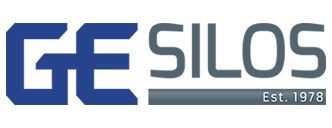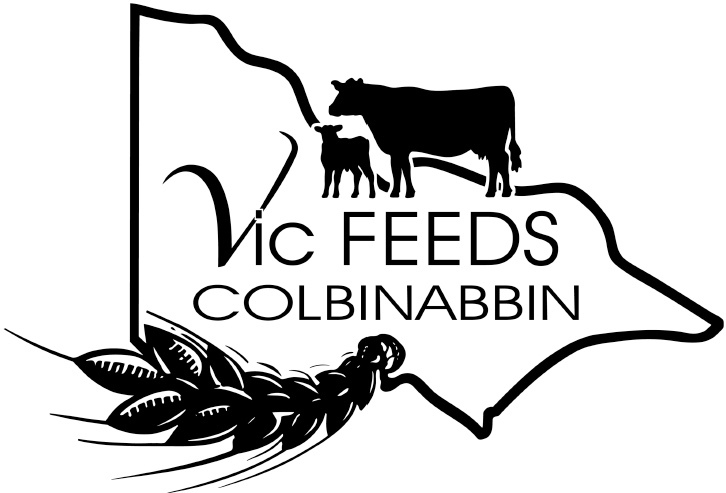Ag Tech Sunday - Move over Tesla, Agriculture is where the real autonomy is at
- By: "Farm Tender" News
- Ag Company News
- Aug 24, 2019
- 661 views
- Share

This article is bought to you by GE Silos and Vic Feeds.
DOT's autonomous platform to bring hands-free navigation to the field

We've heard lots about the coming revolution of self-driving cars. Some of the biggest tech giants on the planet like Google and Tesla are working hard to bring this to roads around the world.
But closer to home, with far less fanfare, farmers are already bringing autonomy to the field in the form of SeedMaster's fully autonomous DOT unit.
Dustin Burns, who farms near Kandahar, Sask., is one of the first farmers to own an early-release DOT platform.
"This year, obviously, it required significant oversight, as everyone wants to be careful," he told Glacier FarmMedia machinery editor Scott Garvey during the 2019 Ag in Motion farm show.
Ad - Looking to add more Grain Storage? - Get a GE Silo - Ad
Ad - For the best custom Feed Pellets contact Vic Feeds and get your Cattle, Sheep and Lambs into the heavy pen - Ad
"It's an autonomous machine without an operator on it. We had a lot of rules and regulations to make sure we didn't have a bad incident."
Why it matters: Early adopters of autonomous agriculture are laying the groundwork for the next wave of innovation.
Burns, who also comes from an engineering background, saw an opportunity to be an early adopter of equipment he says could be the norm in just a few years. At the time of the show, Burns had so far used the DOT for this year's spring seeding. He stressed that while many things are similar, there is still a lot to learn.

Dustin Burns, DOT owner.photo: Spencer Myers
"With any new equipment there are a lot of adjustments. We run SeedMaster drills, so we're familiar with the opener, but the interface is very different. And of course, the interface is remote because you're not physically on the machine. There is a lot of forethought required; you have to map the fields ahead of time. There is a program that plans the path and you have to approve it, so it doesn't go where it shouldn't go."
This year Burns' farm incorporated a single DOT into its fleet and said that machine on its own couldn't completely handle all the seeding acres, at least not under the current requirements for oversight.
Burns said the DOT demonstrated there could be some initial time savings, but so far the financial gain wasn't there in the short term, but he's still hopeful for the future.
"Long term, that's the goal," Burns said. "On our operation we need more than one machine to start seeing a payback. It's a matter of scale."
One thing helping Burns along the way is the co-operation from DOT Technologies and its parent company SeedMaster, that is working with the small group of producers who have bought the early-release DOT units.
Ad - For the best custom Feed Pellets contact Vic Feeds and get your Cattle, Sheep and Lambs into the heavy pen - Ad
Management at DOT made it clear the machine is still in the very early stages of commercialization, and it is working closely with the new owners to provide extensive technical support.
Burns said the decision to join the group and eventually own a unit was not an easy one to make.
"We tried to really think and research it before we made a decision, because it was not an easy decision. So we kind of had our eyes open. I don't know that I can say there were any real big surprises. It was kind of a slow introduction for us, because we saw some of the (engineering) progression along the way.
"They (DOT Technologies) invited us to be part of a focus group in 2018. There was a lot of apprehension in the group I think, but we felt let's go for it. It's a bit of a risk, but it's exciting."
Burns says he doesn't yet see the day when he'll be farming fully autonomously.
"I don't think it'll be all or nothing," he said. "What I see on our farm is parts of it we will run autonomous equipment, but we'll have an operator in the same area running a manual drill."
That's because the regulations surrounding this equipment are brand new. The major concerns around autonomous farm equipment seem to revolve around transporting equipment, liability issues as well as operator training and safety.
As more machines of the sort are slated to enter the market sooner than later, some people are wondering if, like drones, the laws become too complicated it could steer people away from purchasing and/or investing in such equipment.

No longer a concept, the DOT unit has been doing public demonstrations since 2017 and planted its first commercial crop this spring.photo: Dot Technologies
That's translated into the requirement for heightened levels of supervision for several reasons, legal and practical, because it's still in the early stages of evolution. A serious accident at this stage could push back implementation.
As with all emerging technologies, developing fair and smart regulations is a challenge. Developing the machinery is only part of the overall problem, and going forward engineers will have to work closely with government bodies and regulators if they want to see more of these units working (safely) in Canadian fields.
Cory Beaujot from DOT Technologies told our sister publication Country Guide that working with the regulators at an early stage was crucial to getting these machines into the hands of Canadian producers.
"Before we actually launched DOT last year, a couple of months before that, we started trying to get in front of the Saskatchewan bodies at the very least, SGI (Saskatchewan Government Insurance), the department of transportation folks, that kind of thing," Beaujot said. "We want to keep those conversations going. We've engaged with another outside body to make those kinds of connections outside of Saskatchewan with other legislative bodies. So there are a lot of pieces moving."
Ad - Looking to add more Grain Storage? - Get a GE Silo - Ad
Ad - For the best custom Feed Pellets contact Vic Feeds and get your Cattle, Sheep and Lambs into the heavy pen - Ad
Beaujot says that DOT will continue to try and sort out any legal uncertainties as it goes forward with product tests and upgrades.
"A lot of the conversations around safety in various jurisdictions are going to be based on where do we go next (to look for markets)," he explained. "For the next year or two, we're really going to remain focused on Western Canada: Saskatchewan, Alberta, Manitoba, maybe one or two (states) in the United States."
In the meantime, the company has designed and built a customized trailer to haul the robots over public roads, which mostly sidesteps the problem of regulations for now.
As the farm labour shortage continues to worsen and our workforce changes, a lot of companies are realizing that the way the industry looks at farm equipment might also need to change.
DOT specs
· Transport width 12 ft 4 in (3.76 m)
· Transport length 20 ft (6.1 m)
· Height 12 ft (3.66 m)
Engine specifications:
· Cummins QSB4.5 Tier4F, 4.5 L Turbo-charged diesel 173 hp @ 2200 rpm 520 lb-ft @1500 rpm
· Dry weight 12,500 LBS. (5,670 kg)
· Fuel capacity 320 LITRES (85 gal)
· Auxiliary hydraulic pump specifications 60 gpm @ 3000 psi (230 lpm)
· Tires (4) 500/70 R24
· Hub weight capacity 10,000 lbs (4500 kg) per wheel, (40,000 lbs. overall [18,000 kg])
· 12-volt electrical system
· Work lights













Share Ag News Via